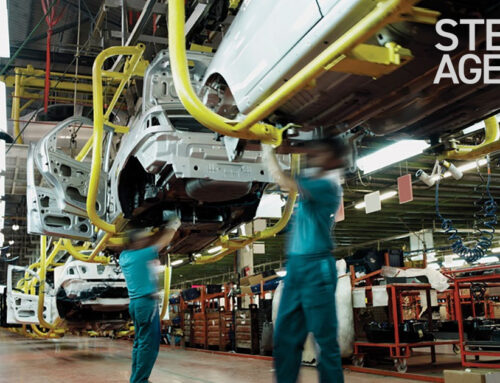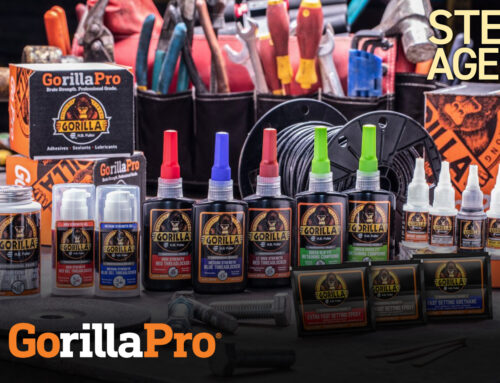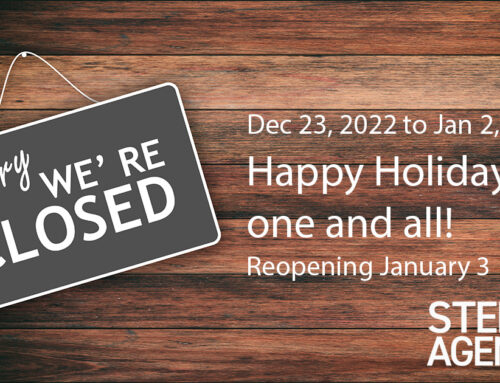Helping Clients Design better Product Solutions (with Access Hardware)
Steeves Agencies loves working with engineers and product designers as they embark on new manufacturing design projects. Our goal has always been to have “delighted customers”. We believe that the value we provide needs to extend beyond “good price” and “on-time delivery” because, frankly, anyone can do those things.
Our goal is to avoid costly mistakes and to save time by having a conversation about the hardware components early in the design process. We would prefer to collaborate early in the process rather than rush to solve a problem later on, as production deadlines are approaching.
Problems Solved by Working in the Design Phase with Clients
By working with clients during the design and development phase, we avoid the wasted time of a “trial and error” approach, the cost of importing multiple samples or the pain of having to redesign any part of the customer’s product because off-the-shelf latches or hinges simply cannot be made to fit properly. We can also avoid high factory minimums and long lead times associated with custom-made solutions.
An Example of How Well it Works
There was a manufacturer of metal enclosures (similar to computer server cabinets) that didn’t consider the door latches until they were ready to start manufacturing. When they approached us for options, we quickly learned that their choices were very limited because they did not allow enough space for the latch to be installed in the location they needed it to be.
In the end, they had to make serious (and costly) alterations to the cabinet door in order to accommodate any latching mechanism properly.
Who do you normally help the most by working early on a project?
Who “benefits” the most? There are many stakeholders that benefit from working with a client early in the process:
- The manufacturer (the client) benefits from a potentially reduced cost of implementation.
- The end user benefits because the newly designed product has better “touch points” and an overall better feel than something that was hacked together as an afterthought.
- The client’s Purchasing department benefits from an easier supply chain to manage,
- The client’s Engineering/Design team benefits from having to do less “leg work” to find the right solution, and a smoother design process (hopefully).
How does access hardware affect product designs?
In a perfect world, any type of hardware would fit in any design, any cabinet, any door. Unfortunately, we don’t live in that world.
Any latch or hinge you incorporate into your design requires a bit of real estate in order to function properly. Mounting holes need to be cut, and there needs to be enough space (on the inside or the outside of the compartment) for the latch to operate.
What this means is that if you want to use a specific type of hardware, it’s important to design your product with these requirements in mind.
How much budget can you hope to save by doing good upfront design/reviews with Steeves Agencies?
Depending on the complexity of the product and the stage in which problems are identified, design changes can be very time-consuming and extremely expensive. If caught too late, changes can be catastrophic for everyone in the company: not only high level design documents need to be adjusted, but CNC machines have to be reprogrammed, tooling might need to be changed, and so much more… this all adds up to a lot of frustration.
3 things we wished manufacturers knew when planning a new product design
- Call us when you start you start your product development design process, whether it’s a brand new product or even just a re-design.
- Consider what requirements are must-haves in your design (waterproof, vibration resistance, etc) and share those with us!
- Get ready for questions! We’ll have lots of them.
How a typical design discussion goes with Steeves Agencies
Design discussions can be as formal or informal as you like.
Generally, they take the following form
- Q&A session where we try to understand your design goals so that we can narrow the selection to a handful of practical, relevant options.
- We’ll ask you questions about the end-user, the environment where the product will be used, your budget, installation considerations, access restrictions, and other things.
- From there we might order samples and schedule a follow-up meeting to see how the samples work.
- From there, we help fine-tune the solution so that when it goes into production, there are no surprises and no delays!
How to engage our team?
Getting us involved in the process is as easy as a phone call or an email to start. We can learn a lot just by having a conversation and discussing your needs and concerns.
We don’t charge a thing for design help. We’re happy to help our customers design and build amazing products that will make them successful. We’re in it for the long-term, and we want to see our customers thrive!
The best way to start is either with a phone call to 1-800-318-1119 or an email to steeves@steeves.ca to speak with one of our staff who would be pleased to learn about your project, talk about design considerations and find the best option for you. If you’re not quite ready to discuss it, but want to learn about some options on your own, you’re welcome to browse through our website which contains many useful articles on the products we carry, and some examples of where they’re used.






